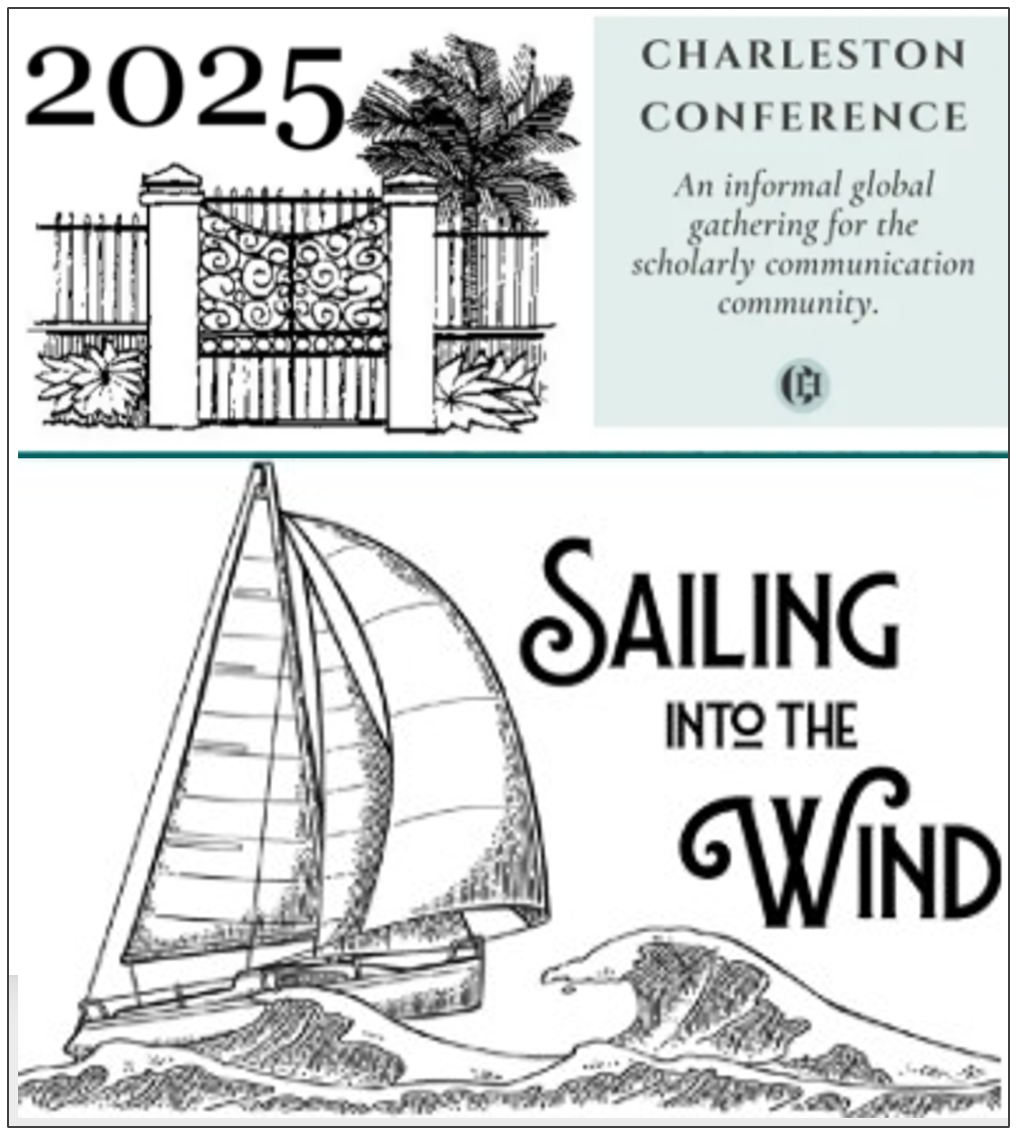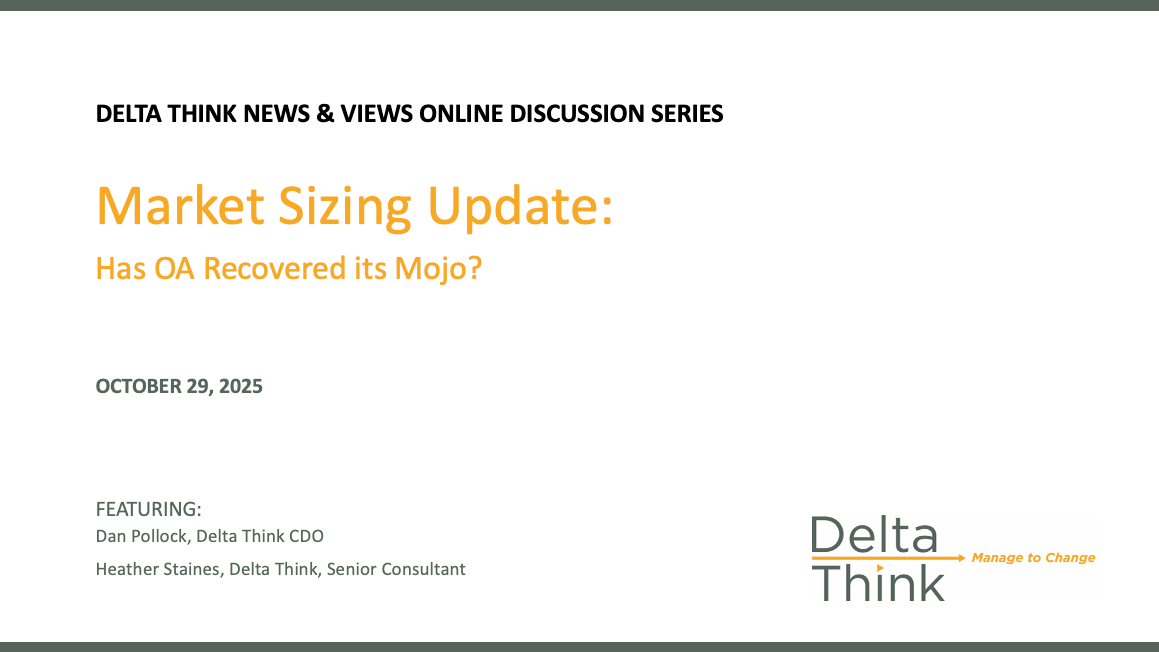News & Views: Plan S Effects 2021 – Part 1, Article Volumes

In January 2021, the implementation of Plan S began in earnest. This month we take a look at the effect Plan S might have on the volumes of output in the scholarly publishing market. We also examine the potential effects of the OSTP and UKRI agencies adopting Plan S policies. Next month we will look at the effect on market value.
Background
In September 2018, 11 national European funding agencies announced cOAlition S, their “initiative to make full and immediate Open Access to research publications a reality.” Implementation was originally planned from 2020, but in practice came into effect for funding starting in January 2021. The initiative – called Plan S – is aimed at accelerating a move away from subscription to fully OA journals. However, it allows for interim, hybrid “transformative” arrangements.
We have previously analyzed the possible effects of Plan S. Given the extensive consultation that has taken place since, and with the roadmap showing the plans of 24 organizations now available, it is timely to revisit our analysis.
Working with the Institute for Scientific Information (ISI)™ at Clarivate, we analyzed Web of Science™ data to determine the proportions of scholarly papers affected by Plan S funders. We focused on articles, reviews, and data papers, looking at trends over the last 6 full years. The funders implementing Plan S principles have changed since our previous analysis. This time, we took the list of participants which plan to apply Plan S principles from 1/1/2021, as per the cOAlition S Implementation Roadmap.
Plan S
The following table shows a snapshot of output. Plan S funders are shown in the row highlighted in orange.

Source: InCites, Clarivate, Delta Think Analysis. © 2021 Delta Think Inc. All rights reserved.
For the full year 2020, we estimate that:
- cOAlition S funders accounted for around 5.2% of all publications (or over 130,000 papers) that would fall under Plan S policy if it had been in place during that year.
- The proportion of cOAlition S funded OA papers in hybrid journals is over twice that of the average (12.7% or over 28,000 papers). This represents the proportion of output that would notionally need to be “rehomed” in Fully OA journals once transformative policies expire.
The team at ISI have previously dug into the coverage of various segments of output by Plan S. One notable finding from their analysis was that highly-cited journals were disproportionally affected, with some seeing in excess of 20% of their papers originating from cOAlition S funded research. So, we also examined the top 10% of the most highly cited papers.
- Plan S would cover a slightly larger proportion of papers: 6%, compared with 5.2% overall.
- This is an average. Specific journals or disciplines will see greater variations.
- Although not shown above, we found that the top 15 most high-impact journals had around 12% of their papers funded by Plan S funders.
Other Funders
We also consider what might happen if Plan S principles were adopted globally. The variation in policies around the world suggest that this is unlikely in the short term at least. However a couple of key funding groups stand out.
- UK Research and Innovation (UKRI), which oversees the UK’s highly centralized publicly funded research, is currently reviewing its position on Plan S. It accounts for 1.3% of global output.
- Similarly, the US Office of Science and Technology Policy (OSTP) is thought to be reviewing its public access policy. Should it adopt Plan S principles, they would cover another 13.4% of global output.
- The effects on highly-cited papers are less profound for the UK’s funding bodies, probably reflecting their early adopter position in driving OA. These effects are notably more profound for funding agencies under the OSTP’s umbrella.
- Note: The numbers vary slightly compared with previous analyses, as the sample now covers different funders. In 2018 (not shown above), we estimated around 6.25% of output was covered by current Plan S and UK funders, compared with 6.4% of 2018 output in the analysis carried out by ISI in March 2019.
- To put this in context, our market sizing suggest that at least 25% of all content is published in fully OA journals. We might deem this as already Plan S compliant assuming things such as licenses and rights retention are appropriate. The remaining three quarters of all papers would be affected if Plan S principles were adopted globally.
Conclusion
Although cOAlition S funders account for less than 1.5% of global spending in R&D, the papers arising account for over 5% of scholarly output. They account for even greater proportions of highly cited papers. At first glance, Plan S’s potential for disruption could greatly outweigh its headline influence.
In 2020, we likely saw a COVID-19 effect. Although not shown here, we saw a significant spike in output from OSTP funders in 2020 when we look at how the numbers change over time. Plan S output grew too, but not by as much, and we see a continued increase in overall output. The spikes affected OA content more so than average.
As we covered last month, high-impact journals that have previously offered no OA options are now offering such options, and there is an active discussion about their involvement in transformative arrangements.
The percentages may be small, but the effects are clearly significant.
We would like to thank Clarivate for supplying data from its InCites product.
This article is © 2021 Delta Think, Inc. It is published under a Creative Commons Attribution-NonCommercial 4.0 International License. Please do get in touch if you want to use it in other contexts – we’re usually pretty accommodating.







News & Views: Will cuts to National Science Foundation funding affect scholarly publishing activity?






